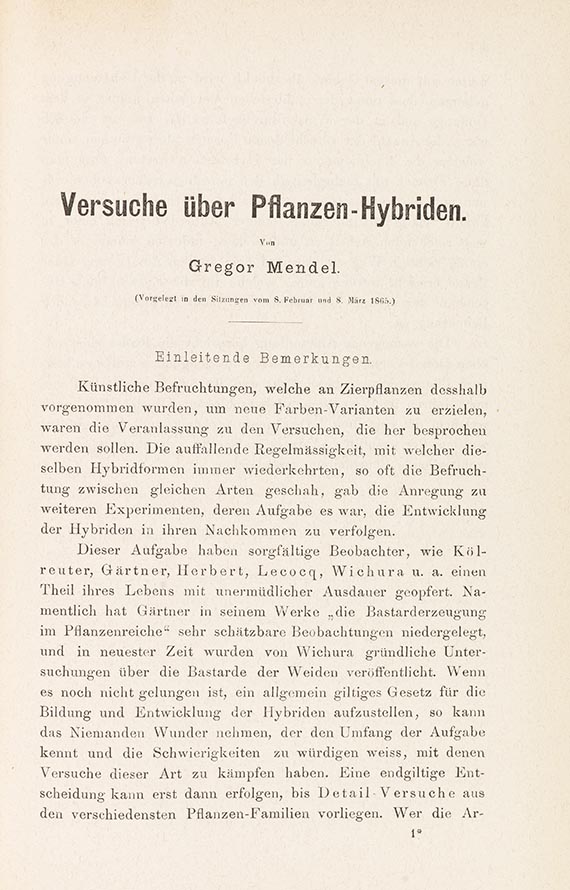Dictionary


Herbal
Herbals are compendious descriptions of therapeutic plants and their uses in medicine as well as general descriptions of plants, often accompanied by numerous illustrations depicting the various plants. The earliest "Herbarium" known under that name was printed by Joh. Ph. de Lignamine in Rome in 1483. As tradition has it, that herbal was written by the philosopher Apuleius of Madaura (b. ca 125 AD) but was probably not compiled until the 5th-6th centuries AD by an anonymous author drawing on the writings of Dioscorides and Pliny. The illustrations in it were copied after pen drawings in an early medieval manuscript. The "Hortis sanitatis" printed by Peter Schöffer in Mainz, that went into several reprints and was also translated, was of paramount importance to the development of the herbal in German-speaking countries. The first herbal with good illustrations is the "Herbarium vivae eicones" of Otto Brunfels, featuring excellent reproductions of plants by H. Weidnitz. Important herbals that came after it were by Hieronymus Bock (1546) and Leonhard Fuchs (1542, "De historia stirpium"). In the "Horti germani" of Konrad Gesner was printed in 1561 and the "de plantis ... epitome" of J. Camerarius in 1586. Another noteworthy herbal was the last great German work of its kind printed in the 16th century, the "Neuw Kreuterbuch" (1588-91; further editions: 1613, 1625) by Jakob Theodor (called Tabernaemontanus), which also included plants endemic to non-German regions. A particularly important work printed in Italy was the "Commentarii in Dioscoridem" of Pierandrea Mattioli, of which numerous editions were issued by Valgrisi in Venice. It is famous for its lavish illustrations (here especially the 1565 edition). France and England also contributed notable herbals in the 16th century, including the "Historia generalis plantarum" and "Historia plantarum Lugdunensis" by Jacques d'Aléchamps of France and John Gerard's "General Historie of Plants", as well as an anonymous herbal by Rycharde Banckes and William Turner's "A new herball ...". A celebrated herbal by Rembert Dodoens was printed in the Lowlands in 1554.
Herbals are compendious descriptions of therapeutic plants and their uses in medicine as well as general descriptions of plants, often accompanied by numerous illustrations depicting the various plants. The earliest "Herbarium" known under that name was printed by Joh. Ph. de Lignamine in Rome in 1483. As tradition has it, that herbal was written by the philosopher Apuleius of Madaura (b. ca 125 AD) but was probably not compiled until the 5th-6th centuries AD by an anonymous author drawing on the writings of Dioscorides and Pliny. The illustrations in it were copied after pen drawings in an early medieval manuscript. The "Hortis sanitatis" printed by Peter Schöffer in Mainz, that went into several reprints and was also translated, was of paramount importance to the development of the herbal in German-speaking countries. The first herbal with good illustrations is the "Herbarium vivae eicones" of Otto Brunfels, featuring excellent reproductions of plants by H. Weidnitz. Important herbals that came after it were by Hieronymus Bock (1546) and Leonhard Fuchs (1542, "De historia stirpium"). In the "Horti germani" of Konrad Gesner was printed in 1561 and the "de plantis ... epitome" of J. Camerarius in 1586. Another noteworthy herbal was the last great German work of its kind printed in the 16th century, the "Neuw Kreuterbuch" (1588-91; further editions: 1613, 1625) by Jakob Theodor (called Tabernaemontanus), which also included plants endemic to non-German regions. A particularly important work printed in Italy was the "Commentarii in Dioscoridem" of Pierandrea Mattioli, of which numerous editions were issued by Valgrisi in Venice. It is famous for its lavish illustrations (here especially the 1565 edition). France and England also contributed notable herbals in the 16th century, including the "Historia generalis plantarum" and "Historia plantarum Lugdunensis" by Jacques d'Aléchamps of France and John Gerard's "General Historie of Plants", as well as an anonymous herbal by Rycharde Banckes and William Turner's "A new herball ...". A celebrated herbal by Rembert Dodoens was printed in the Lowlands in 1554.
Offers
Headquarters
Joseph-Wild-Str. 18
81829 Munich
Phone: +49 89 55 244-0
Fax: +49 89 55 244-177
info@kettererkunst.de
Louisa von Saucken / Undine Schleifer
Holstenwall 5
20355 Hamburg
Phone: +49 40 37 49 61-0
Fax: +49 40 37 49 61-66
infohamburg@kettererkunst.de
Dr. Simone Wiechers / Nane Schlage
Fasanenstr. 70
10719 Berlin
Phone: +49 30 88 67 53-63
Fax: +49 30 88 67 56-43
infoberlin@kettererkunst.de
Cordula Lichtenberg
Gertrudenstraße 24-28
50667 Cologne
Phone: +49 221 510 908-15
infokoeln@kettererkunst.de
Hessen
Rhineland-Palatinate
Miriam Heß
Phone: +49 62 21 58 80-038
Fax: +49 62 21 58 80-595
infoheidelberg@kettererkunst.de
We will inform you in time.




